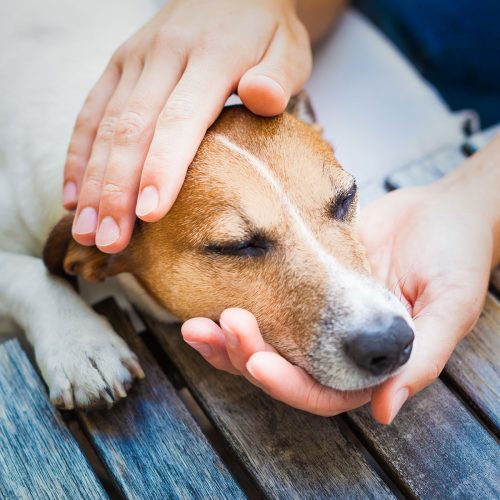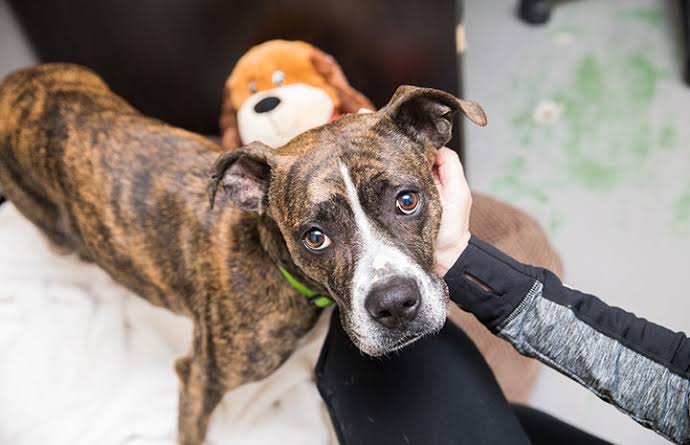If you’ve ever been woken up at 6 a.m. by your dog’s insistent pawing or your cat’s not-so-gentle meows demanding breakfast, you’ve probably considered investing in a pet feeder. And let’s be honest—between busy work schedules, vacations, and those moments when you’re just not in the mood to deal with kibble, a convenient feeding solution can feel like a dream.
But should you go for a manual pet feeder (the old-fashioned bowl method), or is it time to upgrade to an automatic feeder? It’s a fair question—and there isn’t a one-size-fits-all answer.
Let’s dive into the pros and cons of automatic vs. manual pet feeders, looking at everything from convenience and cost to health, pet behavior, and real-world usability. Whether you’ve got a picky cat, a food-loving Labrador, or a sneaky rabbit who knows how to manipulate feeding time, this guide will help you decide what’s right for your fur-family.
1. What Are Manual Pet Feeders? (A.K.A. The Classic Bowl)
Let’s start with the basics. A manual pet feeder is anything that requires you to dish out your pet’s food—whether that’s a stainless steel bowl, a ceramic dish, or a cute, personalized feeding station with their name on it.
✅ Pros of Manual Pet Feeders
1. Simple and Reliable
- No batteries.
- No Wi-Fi.
- No moving parts that can jam or break.
- Just you, your pet, and a bowl.
2. Total Control Over Meals
You can control the exact amount and type of food, tailor meals for special dietary needs, and adjust feeding times on the fly.
🐾 Example: If your cat isn’t feeling well or your dog is on antibiotics, a manual feeder gives you full flexibility.
3. More Interactive
Feeding time becomes a bonding ritual. Your pet associates you with food and love—not a machine.
❌ Cons of Manual Pet Feeders
1. Requires You to Be Home (and On Time)
- Work late? Oversleep? Go on a day trip? Feeding may be delayed.
- Not great for people with unpredictable schedules.
2. Inconsistent Feeding Times
Pets thrive on routine. Manual feeding can lead to variations in meal timing—especially on weekends or holidays.
3. Easy to Overfeed (or Underfeed)
Ever eyeball a scoop of kibble and think, “That’s probably fine”? Small misjudgments over time can lead to weight gain or nutritional imbalances.
2. What Are Automatic Pet Feeders?
Automatic pet feeders are smart devices that dispense your pet’s food at scheduled times. Some are gravity-fed (like a kibble silo), while others are programmable and even controlled by smartphone apps.
These feeders are growing in popularity—and for good reason.
✅ Pros of Automatic Pet Feeders
1. Consistent Feeding Schedule
- Dispenses food on time, even when you’re not home.
- Helps pets stick to a routine, which supports digestive health and behavior.
🐾 Especially helpful for diabetic pets or those on strict feeding times.
2. Portion Control
Most automatic feeders allow you to pre-set exact portion sizes—great for weight management or preventing binge eating.
3. Perfect for Busy or Traveling Owners
Headed out of town for the weekend? Late shift at work? Your pet won’t miss a meal.
4. Smart Features & App Control (in High-End Models)
- Control feedings remotely via app
- Schedule multiple meals a day
- Receive alerts when food is low
- Some even include cameras and voice recorders!
❌ Cons of Automatic Pet Feeders
1. Mechanical Failures Happen
- Feeder may jam, stop working, or fail to dispense food.
- Batteries can die. Wi-Fi can disconnect.
⚠️ Always test new feeders and have a backup plan in place.
2. Less Human Interaction
Feeding is more transactional and less bonding-focused. This might not matter to some pets—but others miss the daily face-time.
3. Initial Cost
- Basic models start at ~$30–$50.
- Smart feeders can cost $150–$300+.
- You’ll also factor in batteries, maintenance, and maybe replacement parts.
3. Feeder Showdown: Feature-by-Feature Comparison
Let’s break this down even further. Here’s a side-by-side comparison of key factors to consider:
| Feature | Manual Feeder | Automatic Feeder |
| Convenience | Low – you must be present | High – feeds on schedule automatically |
| Cost | Very affordable ($5–$30) | Higher upfront cost ($30–$300+) |
| Portion Control | Depends on your accuracy | Highly precise, consistent servings |
| Feeding Schedule | Inconsistent if your routine varies | Consistent and programmable |
| Technology Risk | None | Possible mechanical failure or Wi-Fi issue |
| Bonding with Pet | High – daily interaction | Lower – unless combined with other care routines |
| Best For | Flexible schedules, pets who need close monitoring | Busy owners, multi-pet homes, consistent routines |
4. Which Pets Benefit Most from Each Feeder Type?
🐱 Cats
Cats are creatures of habit. Automatic feeders can:
- Prevent early morning “wake-up meows”
- Help with portion control for cats prone to overeating
- Reduce stress in multi-cat households by feeding each cat separately
Tip: If you have multiple cats, look for microchip-activated feeders to prevent food stealing.
🐶 Dogs
Dogs often thrive on routine and human interaction. But automatic feeders can be a lifesaver for owners with long commutes or rotating shifts.
- Smart feeders help dogs with dietary restrictions
- Puzzle feeders (manual or automatic) add mental stimulation
- Not ideal for large breed dogs that eat wet food—most auto feeders are kibble-only
🐰 Rabbits, Guinea Pigs, & Other Small Pets
Manual feeding is still best here due to:
- Special dietary needs (fresh greens, hay, pellets)
- Risk of feeders clogging or delivering incorrect portions
- Monitoring food intake is crucial for tiny animals
5. Situational Scenarios: Which Feeder Wins?
🧳 Going Away for a Weekend?
✅ Automatic Feeder wins
Set up an automatic feeder and a pet water fountain. Ideal for short trips or holidays (but always have someone check in).
🧠 Trying to Train a New Puppy?
✅ Manual Feeder wins
Training time = bonding time. Puppies need routine, reinforcement, and real-time interaction.
😴 Hate Early Morning Wake-Up Calls?
✅ Automatic Feeder wins
Set it for 6 a.m. and sleep in while your cat chows down.
🩺 Pet with Health Issues?
✅ Manual Feeder wins
You’ll want to monitor appetite, medication, and eating habits closely.
6. The Hybrid Approach (Best of Both Worlds?)
Honestly, many pet parents use both. A hybrid system lets you:
- Manually feed fresh/wet food in the morning or evening
- Use an auto feeder for midday snacks or second meals
- Maintain a human connection and stay on schedule
Think of automatic feeders as tools, not total replacements for your love and attention.
Final Thoughts: Which Feeder Is Right for You?
At the end of the day, it all comes down to your lifestyle and your pet’s needs.
Choose a Manual Pet Feeder If You:
- Have a predictable schedule
- Enjoy feeding time as bonding time
- Need to closely monitor your pet’s eating
Choose an Automatic Pet Feeder If You:
- Have a busy, irregular schedule
- Travel or work long hours
- Want consistent portions and timing
Or—go hybrid! Use both for the most flexibility and peace of mind.
Remember, no feeder replaces the importance of daily interaction, love, and observation. Your pet still needs your attention—whether the food comes from a bowl or a button.
🐾 What Feeder Do You Use?
Have a success story or a feeder fail? Share your experience in the comments—we’d love to hear what worked (or didn’t) for your furry friend!



